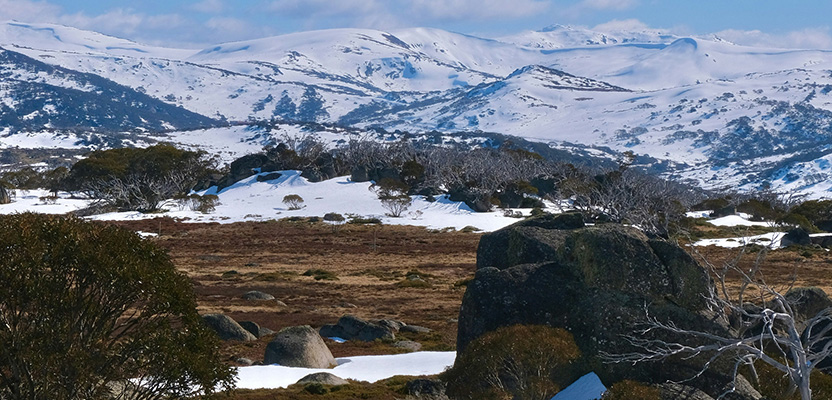
Australia is famous worldwide for its natural attractions—and for good reason. With more than 700 national parks covering deserts to rainforests and much more, many of our extraordinary environments and their biodiversity are studied and protected.
But it wasn’t always this way.
Prior to 1950, most of our national parks were selected based on scenic grandeur rather than scientific or conservation significance.
They were managed by the states with no national coordination, and there had been no country-wide research into what ecosystems were represented in protected parks and reservations.
Since its formation in 1954, the Australian Academy of Science has played a crucial role in turning that around, prioritising conservation and greatly influencing the evolution of national parks as we know them today.
It established a Committee for National Parks in 1958 to investigate how existing parks were managed, what other areas of Australia should receive conservation protection, and what measures should be taken to ensure these areas were scientifically managed.
The Academy found that much of the research needed did not exist and could only be created if subcommittees in each state undertook the work locally. Over the next decade, subcommittees were formed and produced impressive documentation of Australia’s national parks, ecosystems and biological diversity.
In the committee’s final report, published in 1968, the Academy assessed the effectiveness of Australia’s conservation areas and defined three regions requiring urgent attention: the eastern coastline, the arid zone and the Great Barrier Reef.
Specific features of the Australian landscape, such as drought, floods and fire, received special mention in the report. It also outlined legislative features of a national park system that should be incorporated into federal parliamentary Acts: defining the aims of conservation areas, establishing a body dedicated to their care and ensuring that any alienation of national park land would require an Act of Parliament.
The majority of the Academy’s recommendations in the 1968 report have been implemented.
Specialist Academy committees for national parks, flora and fauna, and conservation have continued to advise on proposals for UNESCO World Heritage listings, the extension of the national park system, and the case for scientific research in protected areas.
National parks in Australia provide critical protection for landscapes and biodiversity, and unique opportunities for research.
They also give people the opportunity to explore and enjoy the natural environment and gain an understanding of the management of healthy land and connection to Country through the knowledge of First Nations peoples.
The Academy’s work not only established the foundations for ecology as a scientific basis for conservation principles in national parks, but it also foreshadowed the current idea that management of healthy country requires acknowledgement of scientific principles.
The Academy continues to provide scientific perspectives to the community and senior decision makers regarding the relationship between natural resource management and land health.
More recently, the Academy has advised on and advocated for the protection of ecosystems across Australia based on scientific evidence, including decisions on managing feral horses in Kosciuszko National Park, advice on Australia’s threatened species and faunal extinction crisis, and expertise on the necessary management interventions and future health of the Great Barrier Reef.
© 2025 Australian Academy of Science